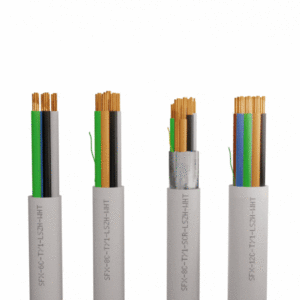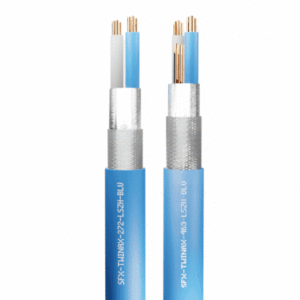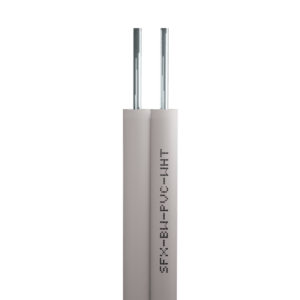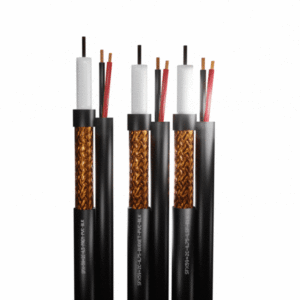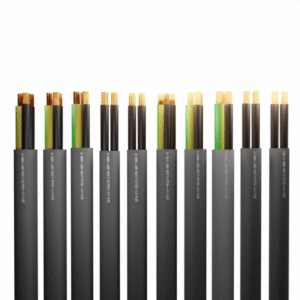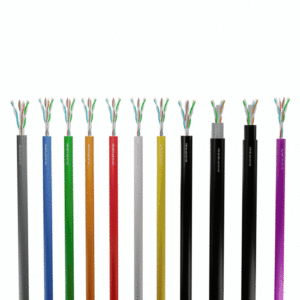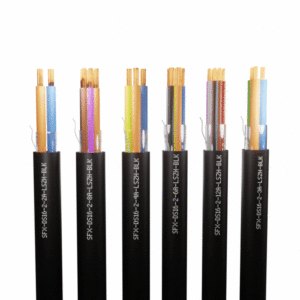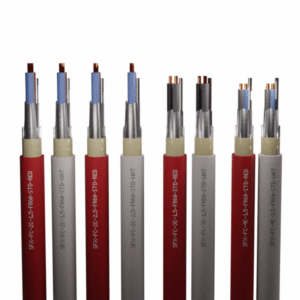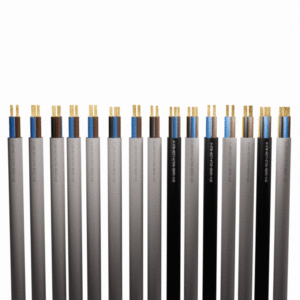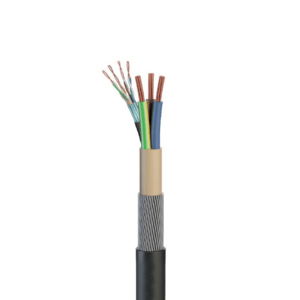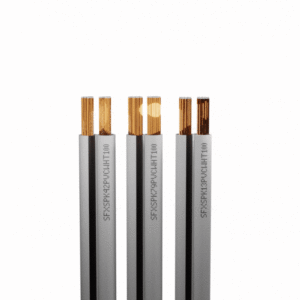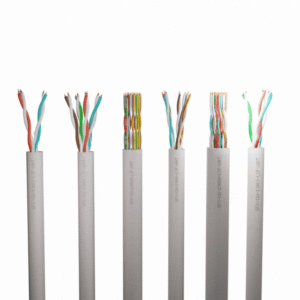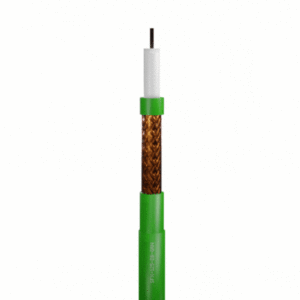Cable Bend Radius Calculator
It’s important to know how to calculate the bending radius of cable, as each cable has a minimum and maximum bend amount. If exceeded, the additional bend can impact performance, cause kinking and damaging, or shorten the life expectancy of the cable when installed.
The bend radius is the internal curvature of the cable and is measured to ensure this is not exceed leading to issues post installation.
Bend Radius conversion can be challenging, so at Securi-Flex® we have created a simple tool below providing a quick and easy conversion.
Simply select the ‘Cable Type’, ‘Insulation’ and ‘Finish’ material from the drop downs provided, finally measure using calipers the overall diameter (mm) of the cable and insert this in the ‘Overall Cable Diameter’ the hit ‘Calculate’, this will immediately calculate and present the bend radius in mm.
Additionally, we have included our Bend Radius Guide below.
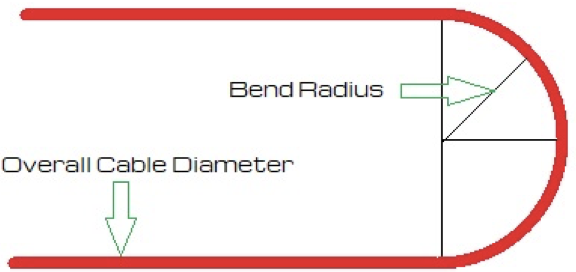
The bend radius is mm
The minimum bend radius is the smallest radius a cable can be bent to, the larger the bending radius, the lesser the flexibility of the material. Conversely, the maximum bend radius is the largest bend radius a cable can be bent to without causing damage to the conductor or sheathing, and the smaller the bend radius, the greater the flexibility of the material.
The Diagram below shows the internal curvature of the cable and where the bend radius is measured.
There are 4 main factors which influence bend radius including;
- Overall Cable Size
- The Conductor Type
- Sheathing and Insulation Material
- The Cable Construction
Each of the above should be considered when calculating minimum or maximum bend radius.
Exceeding the Cable Bend Radius
As stated above, it is vital the manufacturers recommended bend radius is not exceeded. If a cable is allowed to exceed the bend radius it can lead to compression and tension within the material, causing broken conductors, and/or kinking or tears in the sheath and insulation. It is imperative that cable size, sheath/insulation, conductor type and construction are considered when calculating the bend radius. Installing a cable which has exceeded the maximum bend radius can lead to a shorten life span of the cable but more importantly can lead to injury or in the worst case scenario a loss of life.
Indicators of Bend Radius Excretion
- Discolouration of the cable
- Kinking, Pinching or Wrinkling of the Cable
- Insulation and Sheath Stress Tears
- Increased Resistance
- Circuit Failure
**Disclaimer – Securi-Flex® limited will not be held responsible for the information presented herein, it is the responsibility of the installer and contractor to ensure all measurements are correct and accurate, meet the site requirements and environment prior to any installation.
To install cables safely and correctly without damaging the cable and risking the integrity of the circuit the manufacturers minimum bend radius must be confirmed and adhered to, at Securi-Flex® all our cable bend radii can be found in the corresponding product technical data sheets.
If our Bend Radius Calculator or chart doesn’t provide you with the information you need, or for further information or advice, please contact us where a member of the Securi-Flex® sales and technical department will be happy to answer your questions and support with your cable requirements.

